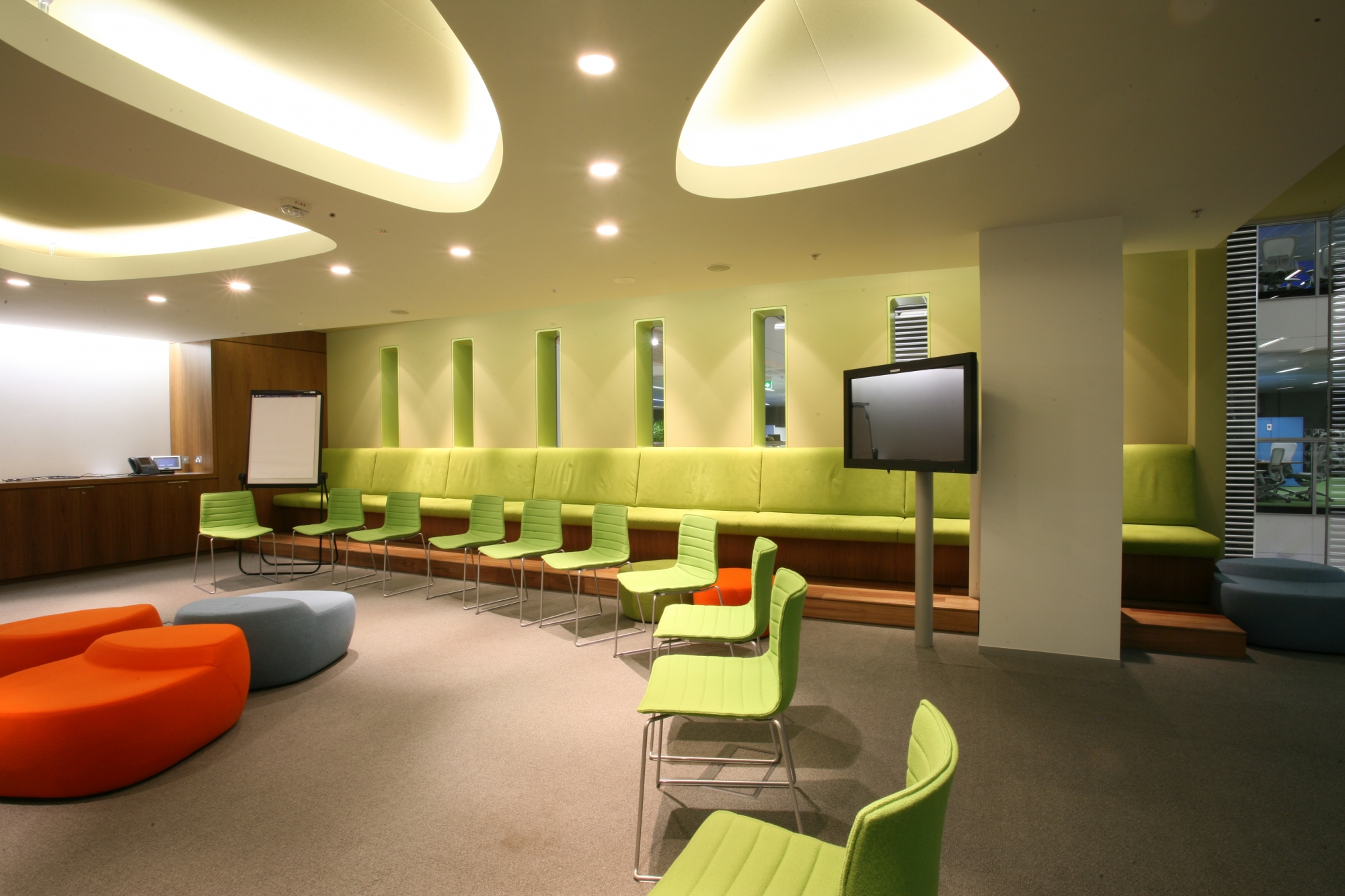Energy efficiency opportunities for electricians

We are witnessing a global move towards LED lighting and control systems. Indeed locally, we are undergoing a period of great change in our approach to office lighting, which has been reflected by a number of national mandatory and voluntary standards.
This transition from traditional forms of lighting to LEDs has been spurred on by a combination of the availability of new lighting and control technologies; government policy change; industry-led initiatives; corporate needs; and customer expectations. However, it is the key benefits derived from making the transition to LED that are of most interest – reduced energy consumption, extended product life and reduction in maintenance costs.
ADVERTISEMENT
In fact, it is the government and large corporate organisations that are increasingly incorporating green principles into their property ownership and tenancy requirements. In fact, a number of state governments have already mandated minimum Green Star benchmarks for their office buildings, and energy efficient lighting and lighting management are key considerations.
For electrical contractors, who have been hit hard by the stagnation in new builds, there is a growing opportunity to capitalise on the transition through office lighting retrofits.
New lighting technologies enabling the transition
Lighting manufacturers, including Philips, continue to develop alternate technologies to traditional office lighting. Typically, these have been fluorescent lighting systems (predominantly T8 lamp systems, often 36W) with a trend in recent times towards more efficient T5 fluorescent systems (often 28W). Philips, for example, is now producing LED lighting solutions tailored for office lighting that are surpassing T5 fluorescent systems as an energy efficient lighting solution.
While initial fixture costs are higher with LED than for traditional light sources, the total cost of owning, operating and maintaining LED Lighting is less, particularly when used in partnership with an LED lighting control system.
As part of the transition, lighting manufacturers will continue to focus on lighting solutions that combine LED lighting products and controls systems that actively support Green Building Certification. Similarly, savvy electrical contractors will be making office lighting product recommendations and purchasing decisions based on how those products contribute to a building’s overall Green Star rating.
The Green Standards
In 2013, we will continue to see increasing numbers of office buildings that are ‘Green Certified’, which will be largely based on a combination of enforced policy change as well as corporate and consumer expectations.
The most widely-recognised rating system in Australia is the national voluntary ‘Green Star’ Green Building Council of Australia (GBCA) rating system that evaluates the environmental design and construction of buildings, including lighting. The GBCA estimates fitout lighting accounts for more than 60% of the average tenant’s energy costs and represents the largest single opportunity for energy savings. Over the last 10 years more than 500 buildings across the country have been Green Star-rated and is widely recognised as a way to future-proof fitouts for changes in the market and regulatory environment.
There are also the mandatory obligations under the government’s Commercial Building Disclosure scheme, a national program designed to improve the energy-efficiency of Australia’s large office buildings (managed by the Australian Government Department of Climate Change and Energy Efficiency). Under the Building Energy Efficiency Disclosure Act 2010 most sellers or landlords of office space of 2,000m² or more are required to obtain and disclose a current Building Energy Efficiency Certificate (BEEC).
A BEEC is comprised of: a NABERS Energy star rating for the building (National Australian Built Environment Rating System); an assessment of tenancy lighting in the area of the building that is being sold or leased; and general energy efficiency guidance.
It is important to note that Building Energy Efficiency Certificates and NABERS Energy base building ratings complement, but do not replace the voluntary Green Star rating provided by the Green Building Council of Australia, and nor can a Green Star rating be provided in place of a BEEC or NABERS rating.
Voluntary take up of Green Star Certification and mandatory CBD requirements for offices, combined with government incentives such as the Independent Pricing and Regulatory Tribunal (IPART) of NSW and the Victorian Energy Efficiency Target (VEET) to create energy saving certificates for energy efficient projects (lighting retrofits) will encourage the move to more efficient lighting technologies.
Achieving accreditation and working in partnership
Achieving ‘green certification’ is no longer just a nice thing to have, it’s a must for Australian developers and property managers set on future-proofing their projects.
Macquarie Group’s iconic headquarters in Sydney’s Darling Harbour set new standards in environmental sustainability and workplace functionality achieving a coveted 6-star Green Star rating from the Green Building Council of Australia with a number of buildings having since followed suit. The building’s use of both natural and artificial light played a key role in the building’s Green Star accreditation but it is the use of an intelligent centralised lighting control system managing lighting energy consumption for the entire building that affords it a 6-star rating.
A key consideration was building in flexibility in the lighting control system to cater for different lighting scenarios in the open plan office environment such as zone switching and dimming to ensure no areas of the building are over-lit or illuminated when not in use. It was also crucial that the lighting could easily be reconfigured for future tenants’ needs and that the lighting system work seamlessly with the building management system (BMS).
Key considerations for electrical contractors
Electrical contractors who are actively engaged with the needs of sellers and landlords of office space stand to benefit most from the enforced growth in office renovation and new build projects. Therefore, it is in a contractor’s best interests to be connected to lighting technologies and integrated solutions that will ultimately benefit their clients’ office buildings from an environmental, financial and workplace environment perspective.
-
ADVERTISEMENT
-
ADVERTISEMENT

